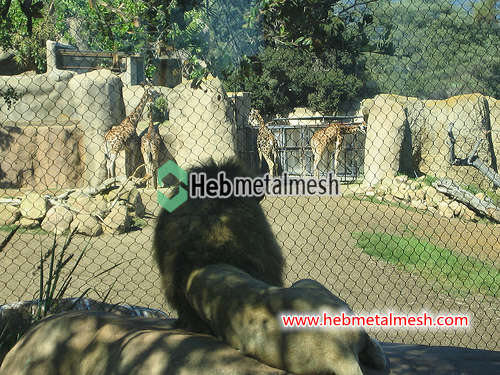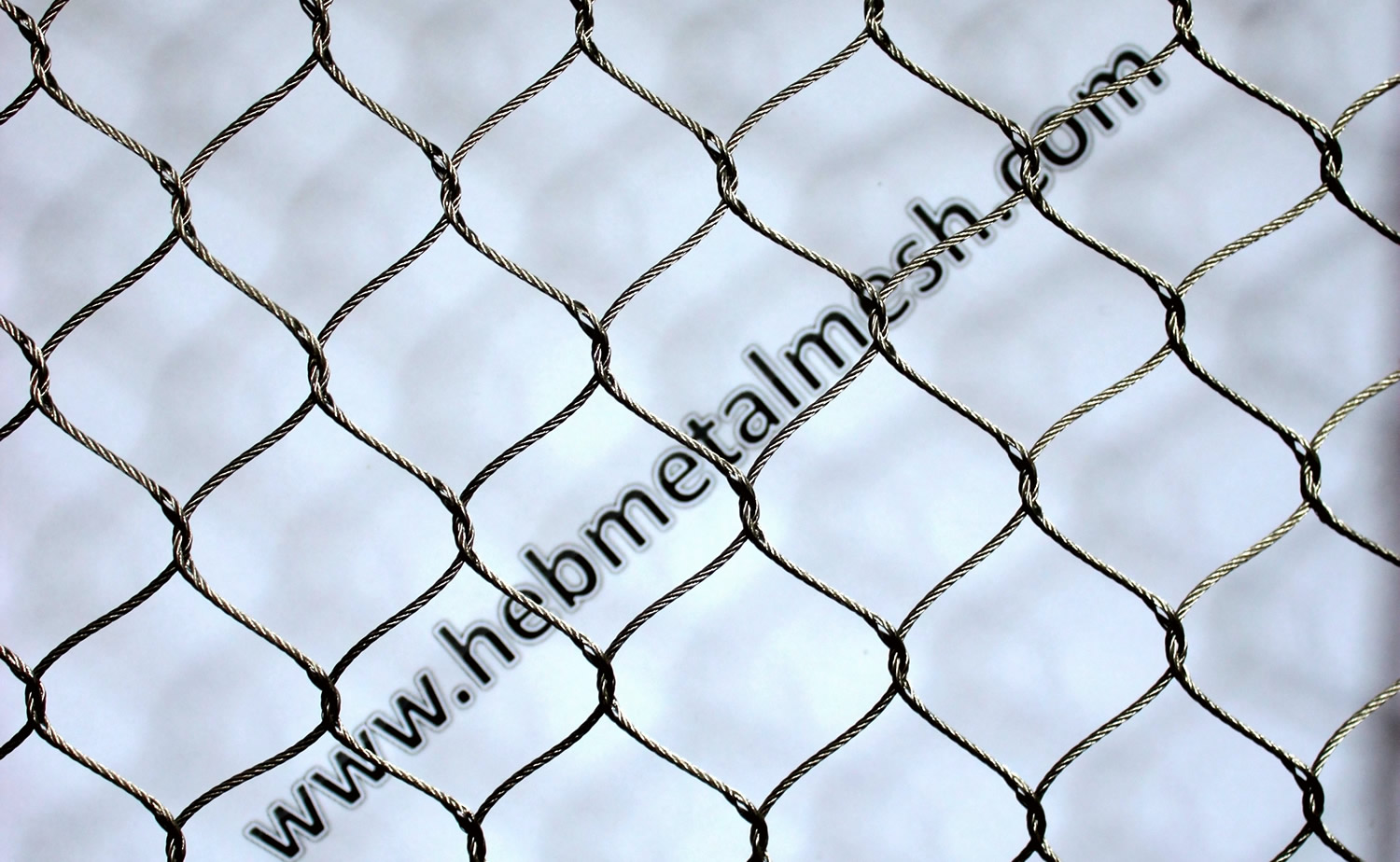Introduction
Lion enclosure fencing is a critical component of any zoo or wildlife sanctuary. It’s more than just a barrier; it’s a safeguard for both the majestic lions and the people who visit. Choosing the right fencing is essential to ensure the safety and well-being of these incredible creatures.
Lions are powerful and agile animals with a natural instinct to roam. They’re capable of climbing, jumping, and even digging. To contain them safely, you need a fencing system that can withstand their strength and ingenuity.
In this guide, we’ll explore the various factors to consider when selecting lion proof fencing. We’ll delve into different materials, construction techniques, and safety regulations. Our goal is to help you create a secure and humane environment for lions to thrive.
Understanding Lion Behavior
Lions are apex predators with a complex set of behaviors. Understanding their natural instincts is crucial for designing a safe and effective lion enclosure.
Strength and Power: Lions are known for their immense strength. Their powerful jaws and claws can easily tear through most materials. When choosing lion enclosure fencing, it’s essential to select materials that can withstand their brute force.
Agility and Speed: Lions are incredibly agile and fast. They’re capable of leaping high fences and running at speeds of up to 50 miles per hour. Your fencing system must be designed to prevent them from escaping.
Digging: Lions are natural diggers and can excavate deep holes. This behavior can pose a security risk if the fencing isn’t properly anchored. Ensure that your lion enclosure has a solid foundation to prevent digging.
Climbing: Lions are excellent climbers and can scale fences with ease. Your fencing system should include measures to prevent them from climbing over.
Social Behavior: Lions are social animals that live in prides. Understanding their social dynamics can help you design an enclosure that promotes their natural behaviors. Provide ample space for them to interact and play.
By understanding these key aspects of lion behavior, you can create a lion enclosure that not only protects them but also allows them to live comfortably and naturally.
Fencing Materials: A Comprehensive Guide
Choosing the right fencing material is essential for the safety and security of your lion enclosure. There are several options available, each with its own advantages and disadvantages.
Wire Mesh Fencing
- Chain-link fence: This is a popular choice for lion enclosures due to its durability and affordability. However, it’s important to use a heavy-gauge chain-link fence to prevent lions from breaking through.
- Welded wire fence: This type of fencing is stronger than chain-link and is often used for more aggressive animals. It’s also less likely to sag over time.
- Hog wire fence: This barbed wire fence is a cost-effective option but requires careful installation to prevent injuries. It’s important to use a high-tensile hog wire fence to ensure its strength and durability.
Electric Fencing
- Electric fencing can be an effective deterrent for lions. However, it’s important to use a high-voltage system to ensure its effectiveness. Electric fencing should be used in conjunction with other types of fencing to provide maximum security.
Other Materials
- Concrete: Concrete walls are a strong and durable option for lion enclosures. However, they can be expensive to construct and may not be suitable for all environments.
- Steel posts: Steel posts are a popular choice for lion enclosure fencing. They are strong, durable, and can be easily installed.
- Wood: Wood posts can be used for lion enclosure fencing, but they require regular maintenance to prevent rot and decay.
When selecting fencing materials, it’s important to consider factors such as durability, cost, and ease of maintenance. It’s also essential to consult with experts to ensure that your chosen materials are suitable for lion enclosure fencing.
Construction Techniques
Once you’ve selected the appropriate materials for your lion enclosure, it’s time to focus on construction techniques. Proper installation is essential to ensure the safety and security of your enclosure.
Post Installation
- Depth and spacing: The depth and spacing of your posts will depend on the size and weight of your lions. Consult with experts to determine the appropriate dimensions.
- Concrete foundations: For added stability, consider using concrete foundations for your posts. This will help prevent the enclosure from shifting or collapsing.
- In-ground posts: If you prefer to avoid concrete, you can install your posts directly into the ground. However, ensure that they are firmly anchored to prevent them from being pulled out.
Fence Installation
- Tensioning: The fence must be properly tensioned to prevent sagging and provide maximum security. Use specialized tools to ensure that the fence is taut.
- Securing: Secure the fence to the posts using sturdy fasteners. Consider using additional supports, such as braces or guy wires, to enhance stability.
- Overhangs: To prevent lions from escaping by digging under the fence, create an overhang by extending the fencing a few inches into the ground.
Gate Design
- Security: Your gate should be designed to prevent lions from escaping. Consider using a double-swing gate with a latch that is difficult for lions to open.
- Accessibility: The gate should be easy for staff to access, but difficult for lions to reach.
- Safety: Ensure that the gate is equipped with safety features, such as a latch that prevents it from accidentally opening.
By following these construction techniques, you can create a lion enclosure that is both secure and durable.
Safety Regulations and Standards
To ensure the safety and well-being of lions in captivity, there are various regulations and standards that must be followed. These guidelines provide essential requirements for lion enclosure design and construction.
AWA Regulations
The Animal Welfare Act (AWA) sets forth specific requirements for zoo and wildlife enclosures. These regulations include guidelines for lion enclosure size, design, and maintenance. The AWA also mandates regular inspections to ensure compliance.
Zoos and Aquariums Association (AZA)
The AZA provides additional guidelines and best practices for lion enclosures. These standards often exceed the minimum requirements set forth by the AWA. Adhering to AZA standards can help to ensure that your lion enclosure is of the highest quality.
Local and State Regulations
In addition to federal regulations, there may also be local and state laws that govern lion enclosures. These regulations can vary widely, so it’s important to research the specific requirements in your area.
By complying with these regulations and standards, you can help to create a safe and humane environment for lions in captivity.
Maintenance and Inspection
To ensure the long-term safety and security of your lion enclosure, regular maintenance and inspections are essential.
Regular Inspections
- Damage: Check for any damage to the fencing, gates, or posts. This includes cracks, holes, or weak spots.
- Wear and Tear: Inspect the fencing for signs of wear and tear, such as rust or corrosion.
- Security Breaches: Look for any evidence of attempted escapes or breaches.
Routine Maintenance
- Repairs: Promptly repair any damage to the lion enclosure. This will help prevent further deterioration and ensure the safety of the lions.
- Cleaning: Regularly clean the enclosure to remove debris and prevent the spread of disease.
- Tension Adjustments: Check the tension of the fencing and make adjustments as needed.
Safety Protocols
- Staff Training: Ensure that your staff is trained on proper safety protocols for working in a lion enclosure.
- Emergency Procedures: Develop emergency procedures in case of a breach or escape.
By following these maintenance and inspection guidelines, you can help to maintain the safety and security of your lion enclosure for years to come.
Cost Considerations
The cost of lion enclosure fencing can vary significantly depending on several factors.
Material Costs
- Type of material: Different materials have varying costs. For example, concrete walls are generally more expensive than wire mesh fencing.
- Quality: Higher-quality materials, such as heavy-gauge wire mesh or reinforced steel posts, will cost more.
- Quantity: The amount of fencing needed will also affect the overall cost.
Labor Costs
- Professional installation: Hiring a professional contractor to install your lion enclosure will add to the cost.
- DIY: If you choose to install the fencing yourself, you can save on labor costs. However, it’s important to have the necessary skills and equipment.
Long-Term Costs
- Maintenance: Regular maintenance, including repairs and inspections, will incur ongoing costs.
- Upgrades: As your lions grow or your needs change, you may need to upgrade your lion enclosure. This can add to the overall cost.
When considering the cost of lion enclosure fencing, it’s important to weigh the initial investment against the long-term benefits of a secure and safe enclosure.
Conclusion
Lion enclosure fencing is a critical component of any zoo or wildlife sanctuary. It must be designed to provide a safe, secure, and humane environment for these majestic animals.
By carefully considering factors such as materials, construction techniques, regulations, and costs, you can create a lion enclosure that meets the highest standards of safety and welfare.
Remember to consult with experts in lion enclosure design and construction to ensure that your project is successful. With proper planning and execution, you can provide lions with a home that meets their unique needs.



